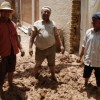It would take an overnight train, from New Delhi, bound for Palitana and Alang (in the Pakistan bordering state of Gujarat) and I would be close to achieving another of my goals of intrepid trip around India; witnessing the ship breaking coast of Alang. Gujarat, is a semi-arid state with a population with diverse religious beliefs which is home to India’s largest population of Jain’s. Palitana is located adjacent to the Jain’s most sacred site, a 600m high hill capped with some 863 temples.
I would visit the hill summit to witness it’s pilgrams rituals, following the 3,600 step journey to the top (or about a two hour ride if you’re carried by two poor porters). It happened to be God’s birthday when I visited, so they were throwing him a bash at the top amongst the temples. It was also the school holidays during which all the Jain kids from Mumbai were visiting and completing their religious rite of passage; ascending the mountain 99 times. I thought that was nuts, it was 44 degrees in Palitana that day, a little cooler up the mountain (especially on the ridgelines that catch the sea breeze), but still 99 times, how strange.
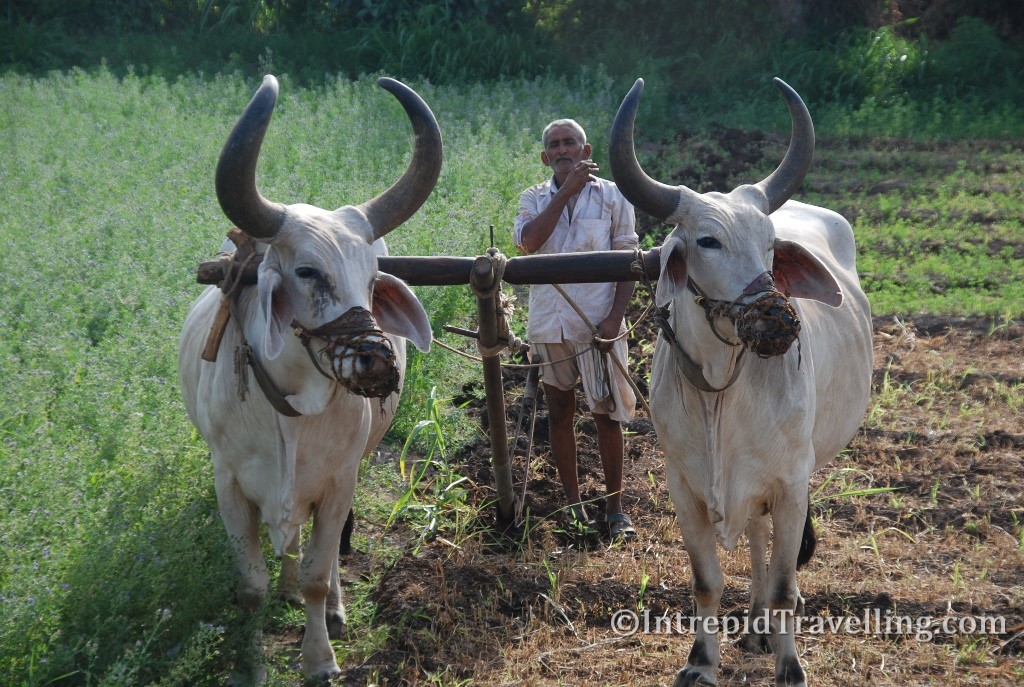
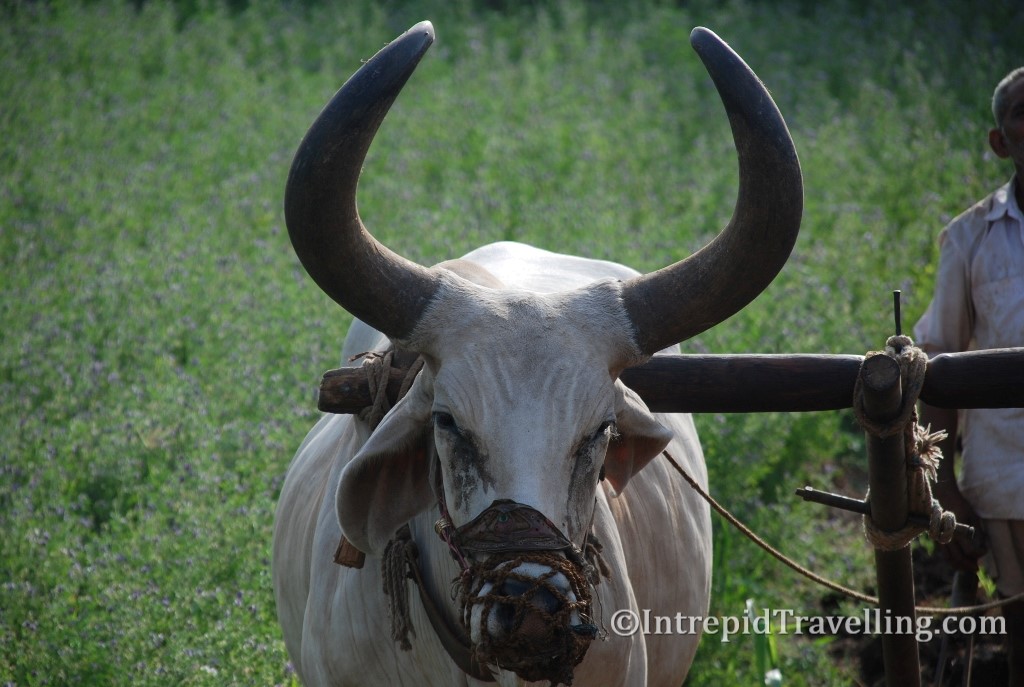
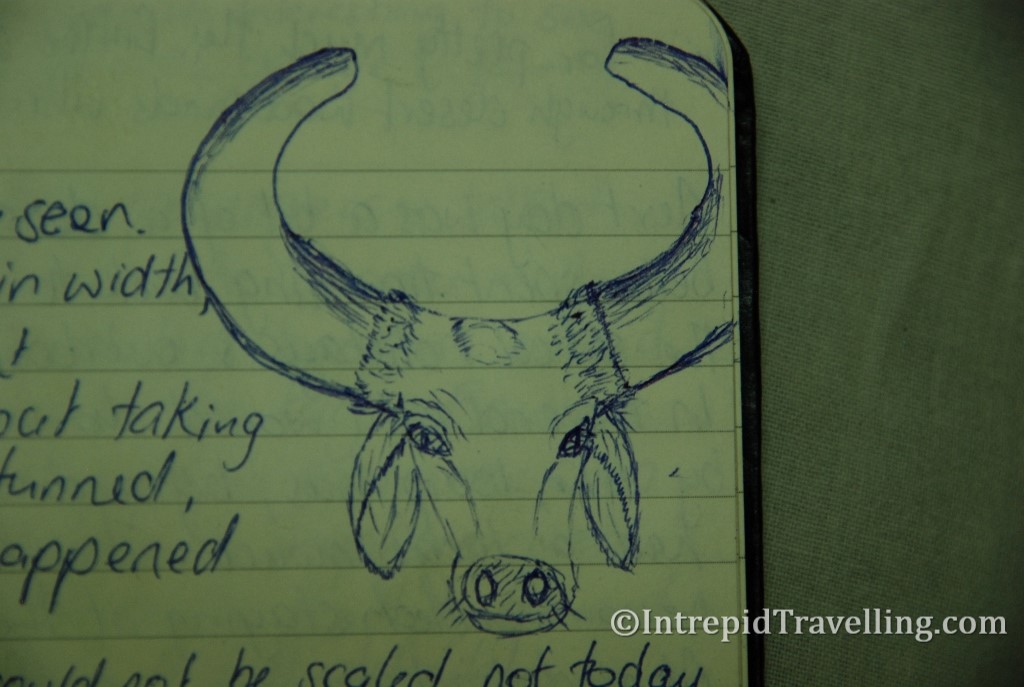
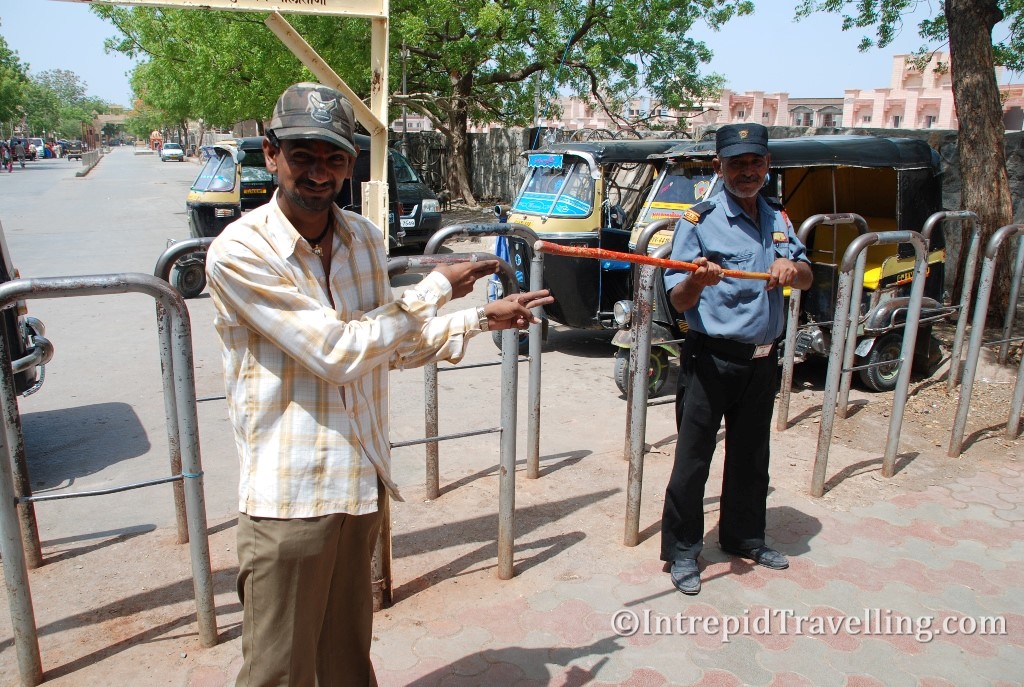
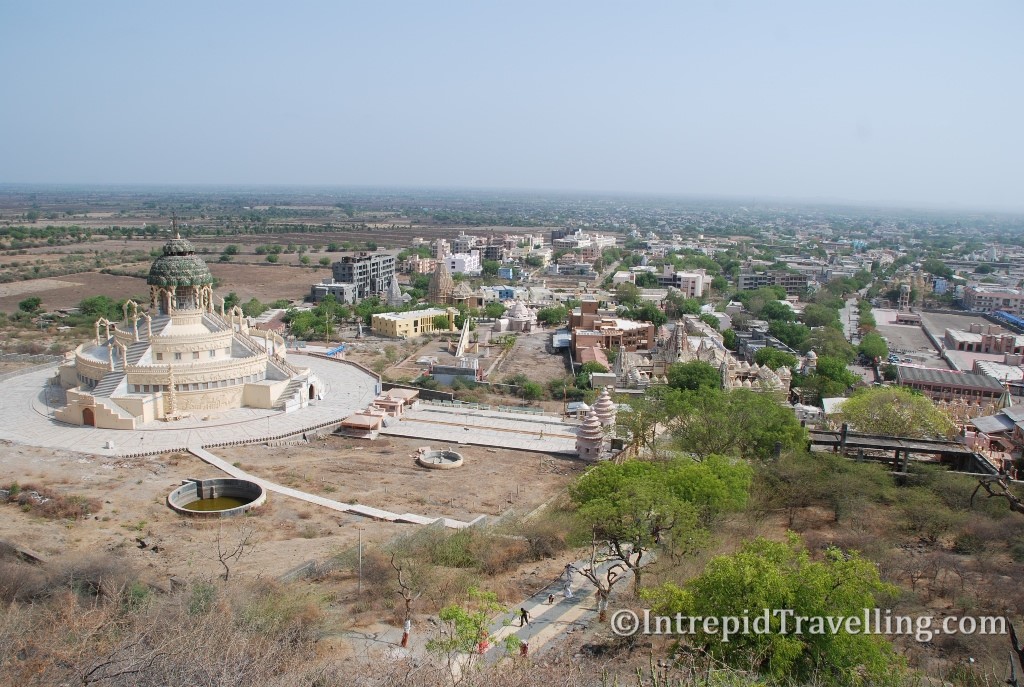
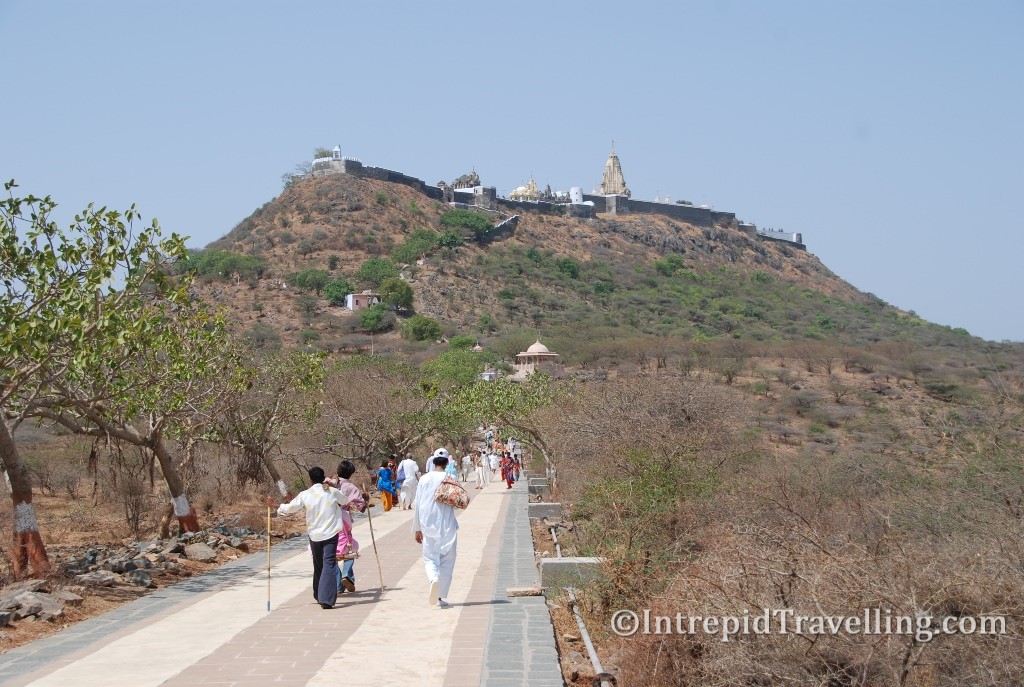
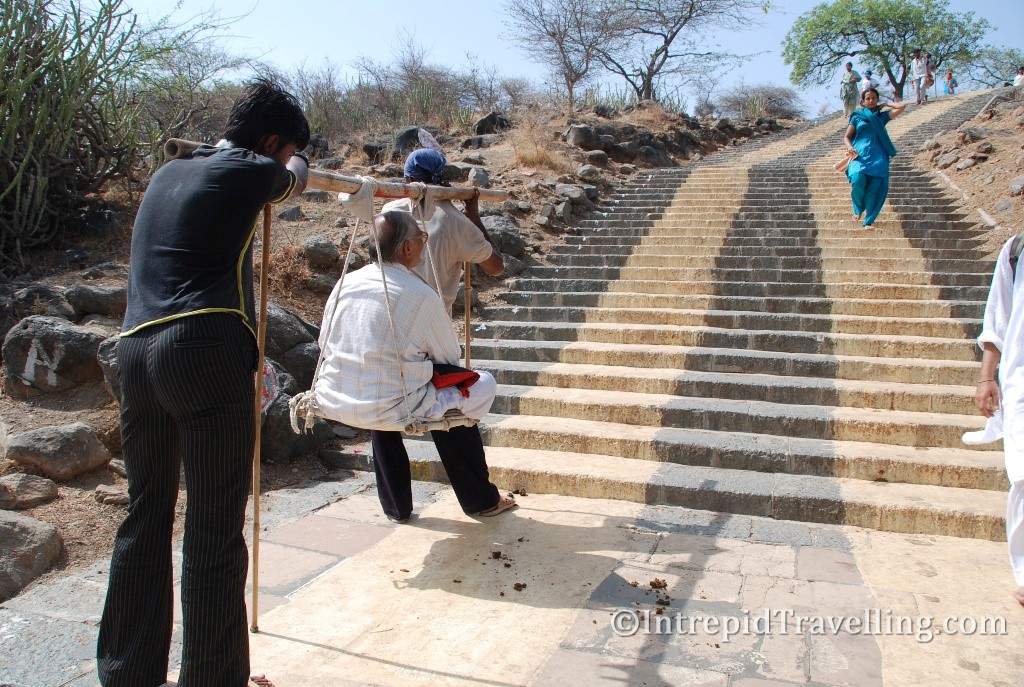
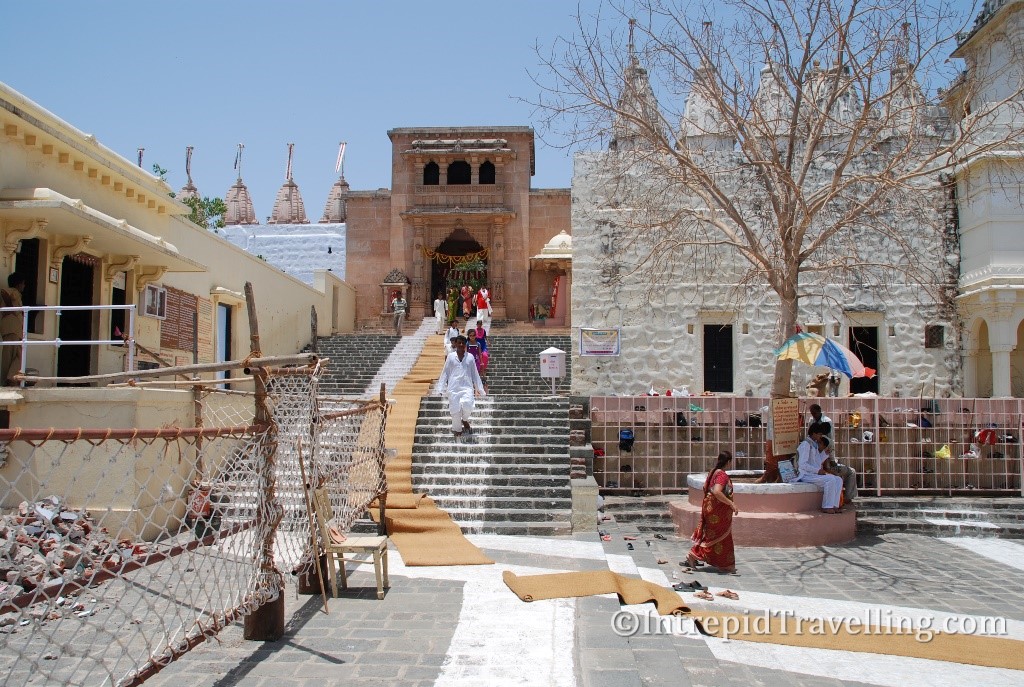
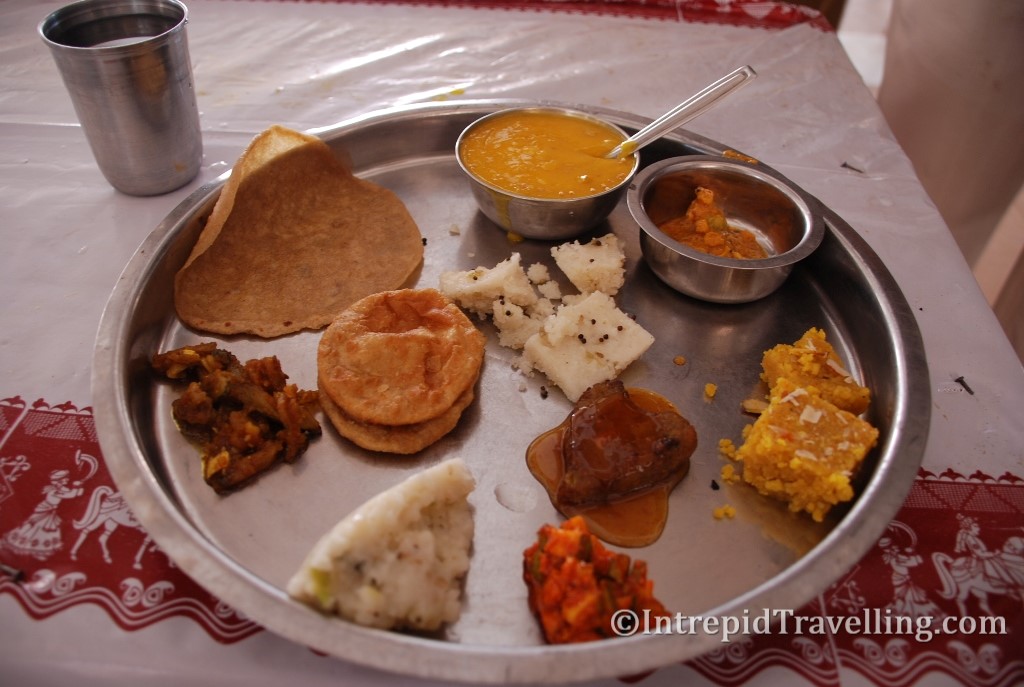
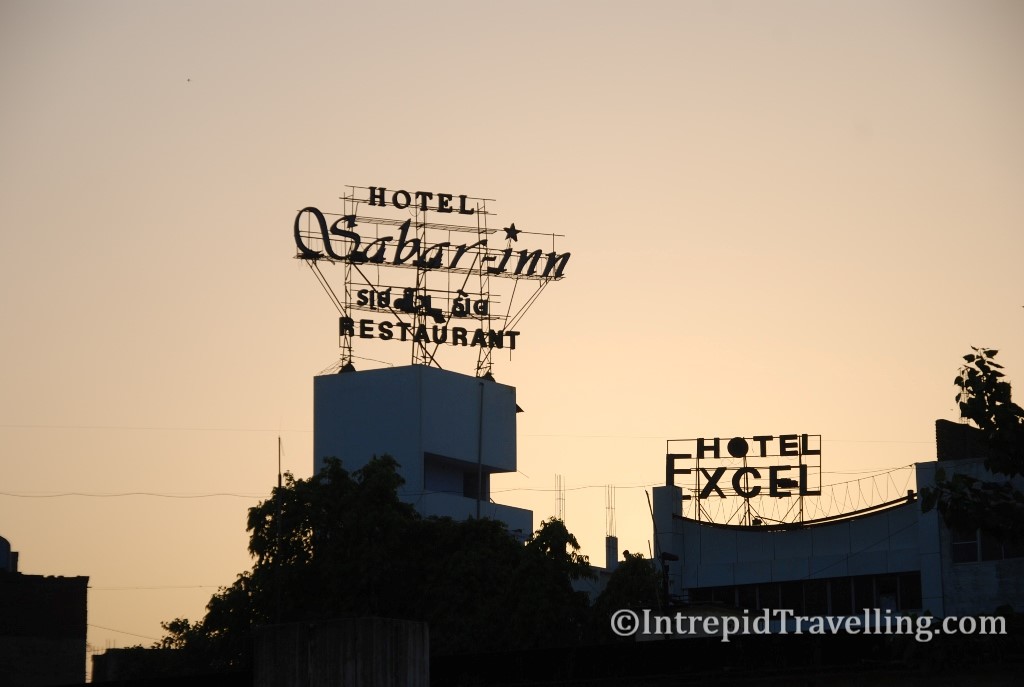
Back at the bottom of the hill, as reward for completing the journey I was told there was lunch being put on, great I thought, because I was hungry. Now I know there is no such thing as a free lunch (if for no other reason than the opportunity cost of having something else), but it turned out the spread wasn’t only free, they gave you a small amount of money as a gift too? I know, unheard of. Despite what you may think, I did feel incredibly awkward accepting money from the same people serving me a delicious free lunch. It seems Marius may have left a week too soon; he would have loved this.
Alang, located on Gujarat’s coast, is home to the largest ship breaking yard in the world. What’s a ship breaking yard I hear some of you ask, well it’s the opposite of a ship construction yard; it’s where ships go to die. As we speak there are some 200+ grounded on Alang’s coast in various stages of destruction. Unfortunately the checkpoint near the yards gates was as close as I could get on account of being a foreigner.
You see a few years ago other foreigners, who were actually from Greenpeace, came down here took a bunch of photos and basically caused a lot of problems for the management pertaining to the environmental impacts and worker conditions. No doubt they are right (comparing it to western standards that is). Considering my interests in the shipping trade, being barred a mere 200m from seeing what is, undoubtedly, a simply awesome sight was incredibly frustrating. I took a contact number and would see what could be done.
It wasn’t a complete loss though; this part of Gujarat has some impressive looking bullocks, with some even more impressive horns, pulling carts along the road and ploughs in the field. While in Alang a pair of bullocks pulling a cart of branches (as you do) passed me, one of these bullocks had horns easily bigger than I had ever seen. Literally the size of your thighs (if not bigger), had I not been paralysed by disbelief, I would have taken a picture, but in its place I’ve drawn what I remembered and attached it.
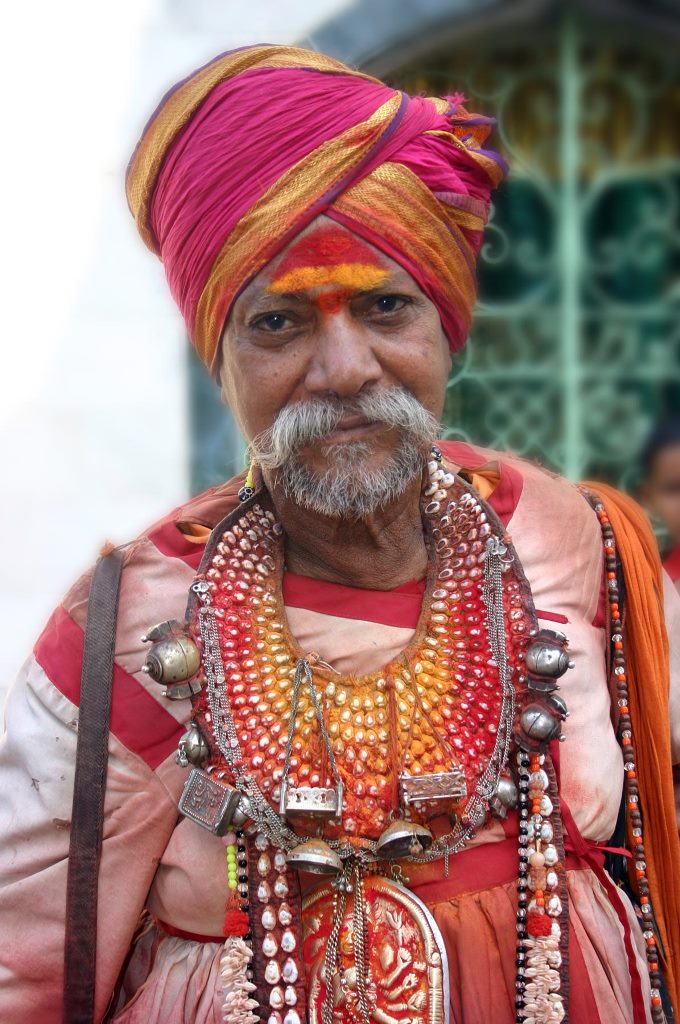
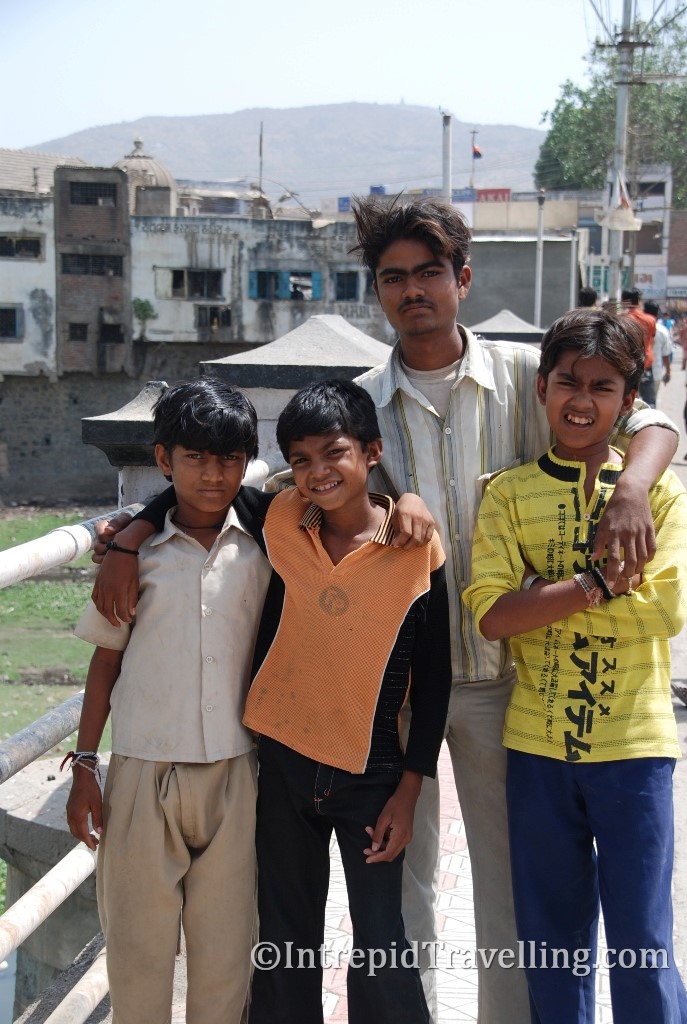
A chance encounter with a fabric walla called Kirit turned into an offer from him to accompany me to the shipyard and show me around which he thought would be no problem seeing he knew people; this is a ‘who you know’ kind of place. Great, so I made the 1,000km train journey back to Delhi to continue the visa admin before returning a few days later for Alang 2.0 where I was assured we’d visit the yard. Long story short, same check point, same problem – light skin people not allowed, Indian friend or no Indian friend. At this point I relented and accepted that I had just suffered one of my great disappointments of the trip (to go along with not getting David Letterman tickets in time). I would have to settle for checking out all the plots of ship related recycled stuff – oh yay. There were actually some pretty interesting ones – ship engines, propeller shafts, generators, 1970’s furniture, Lifeboats, stainless steel kitchenware even a Cold Storage Door plot, seriously, some of these places must have a pretty low turnover.
A tip those guys planning to travel through India; grow a mustache! Seriously though, the Indians love it, everyday I’m getting “Hey Mr, nice mooch” as many of the men have them themselves. Sadly though, as my time in India passes into history so has the stash, and in preparation for the next leg of the journey to Pakistan and Iran the day of the beard has dawned.
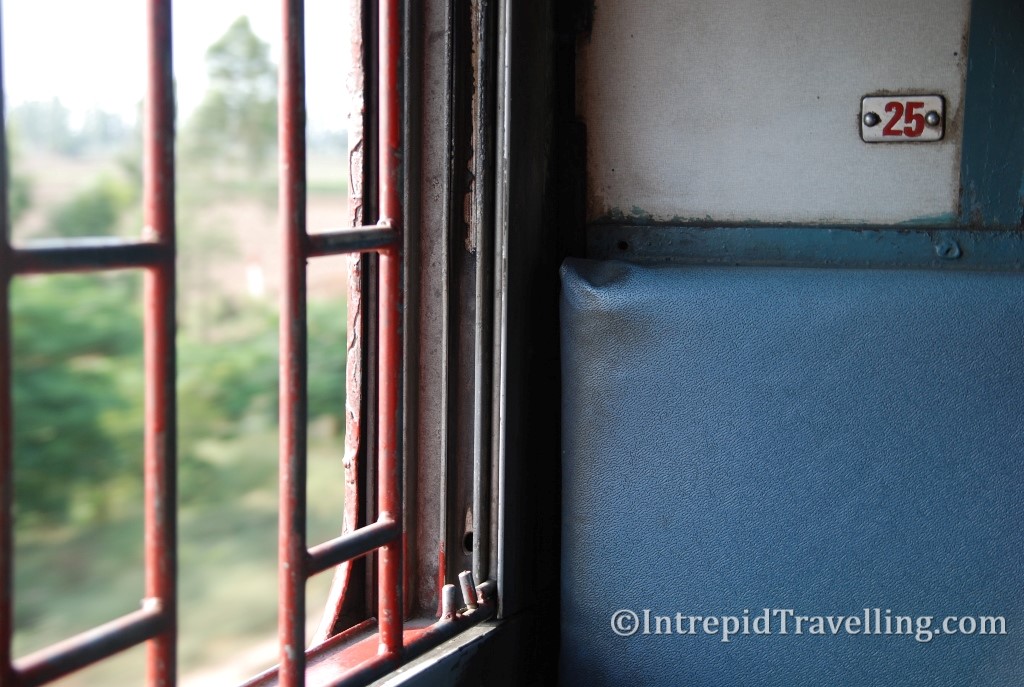
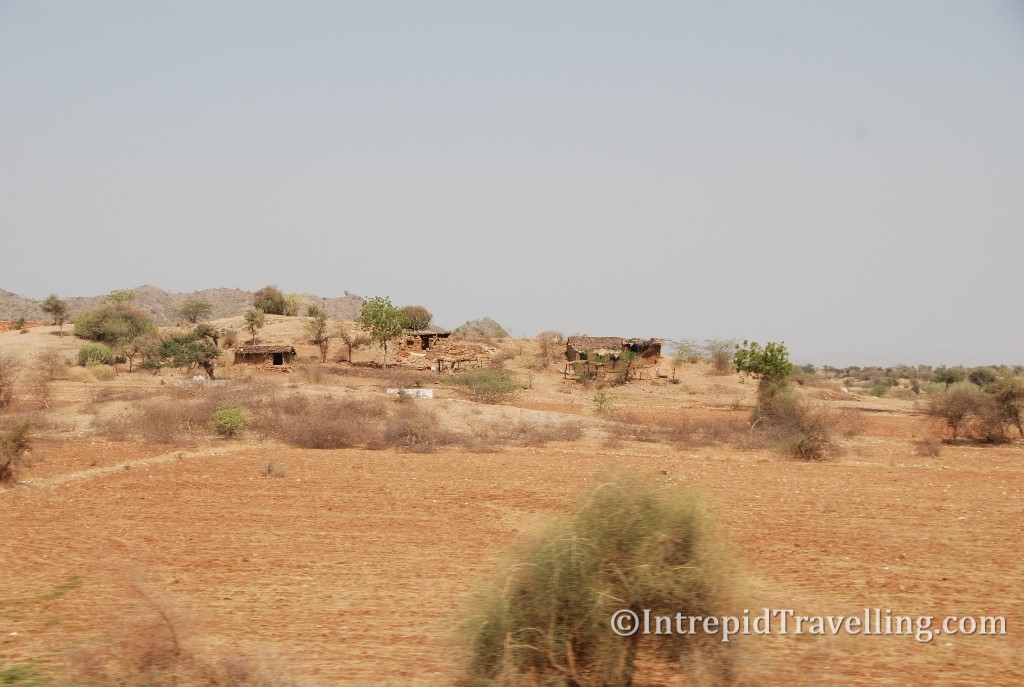


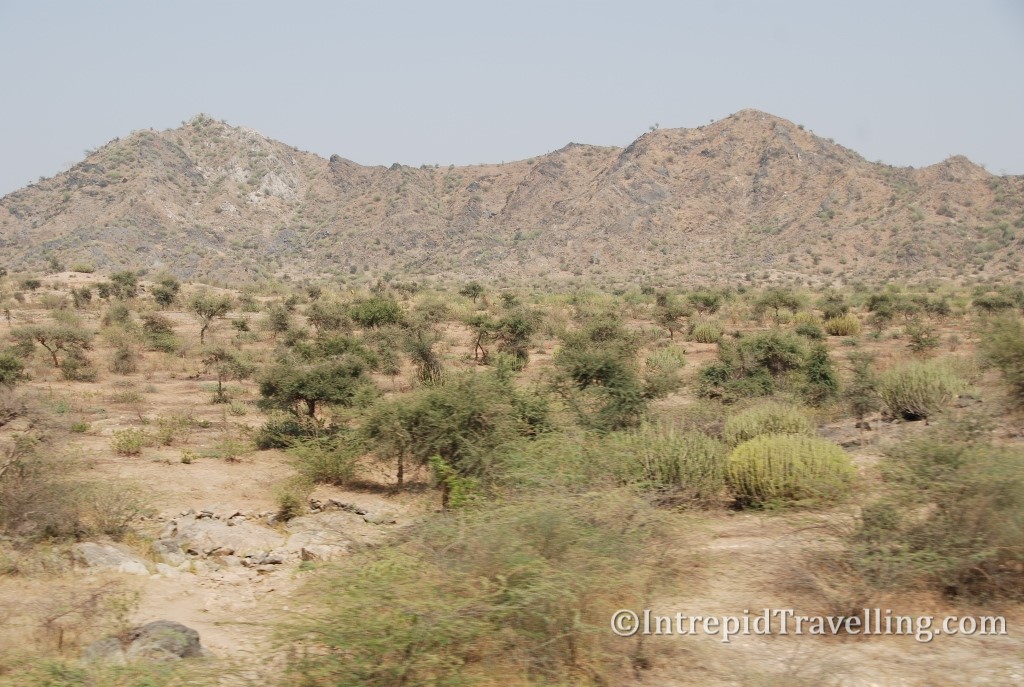
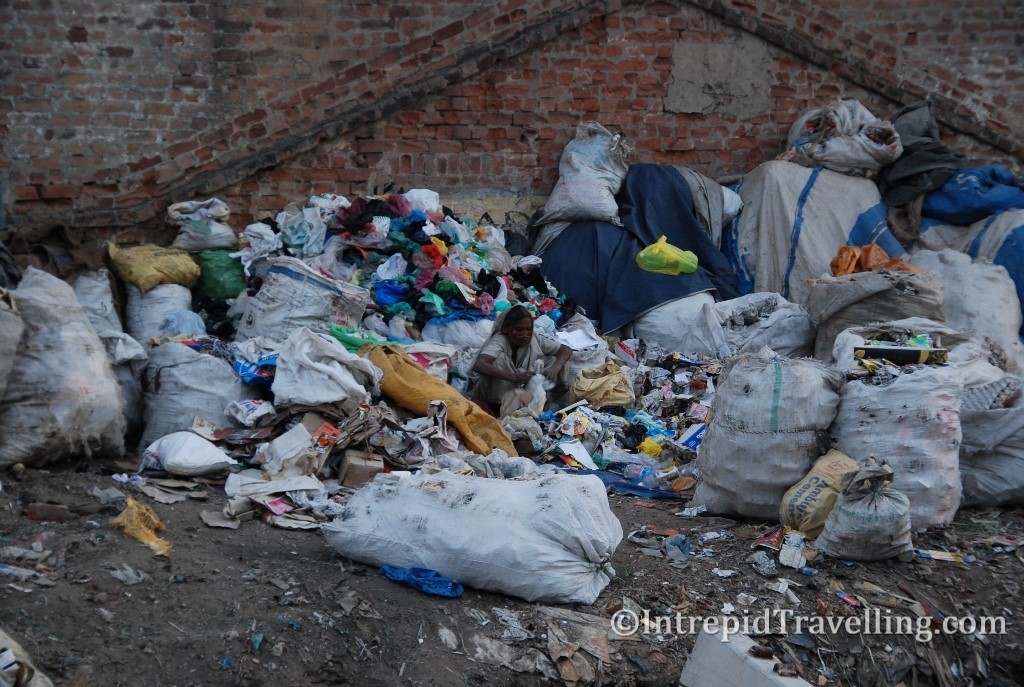
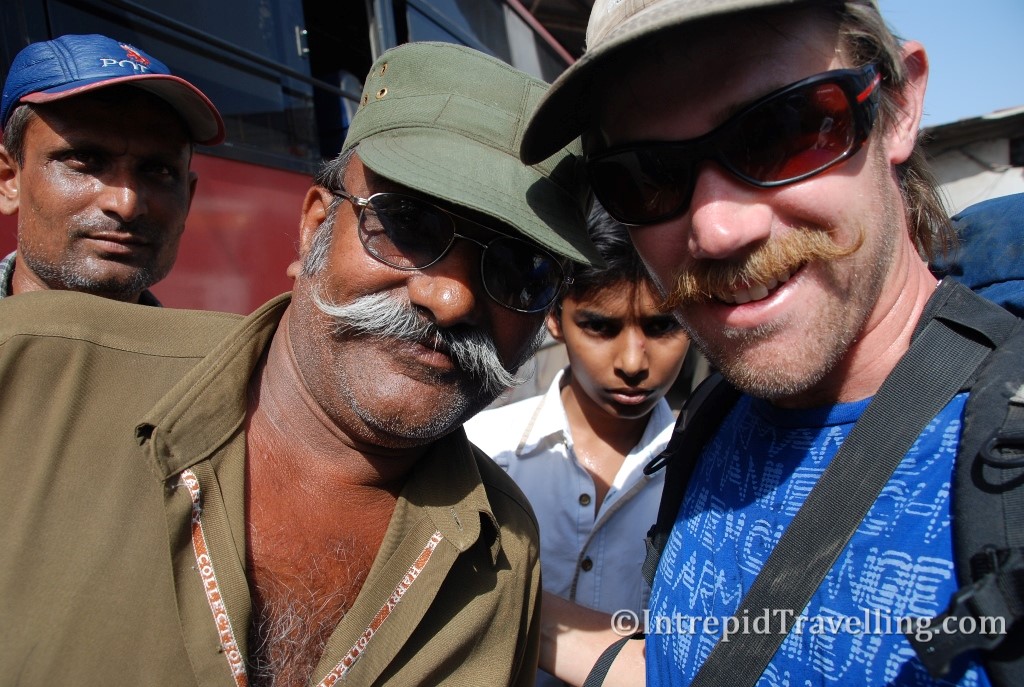
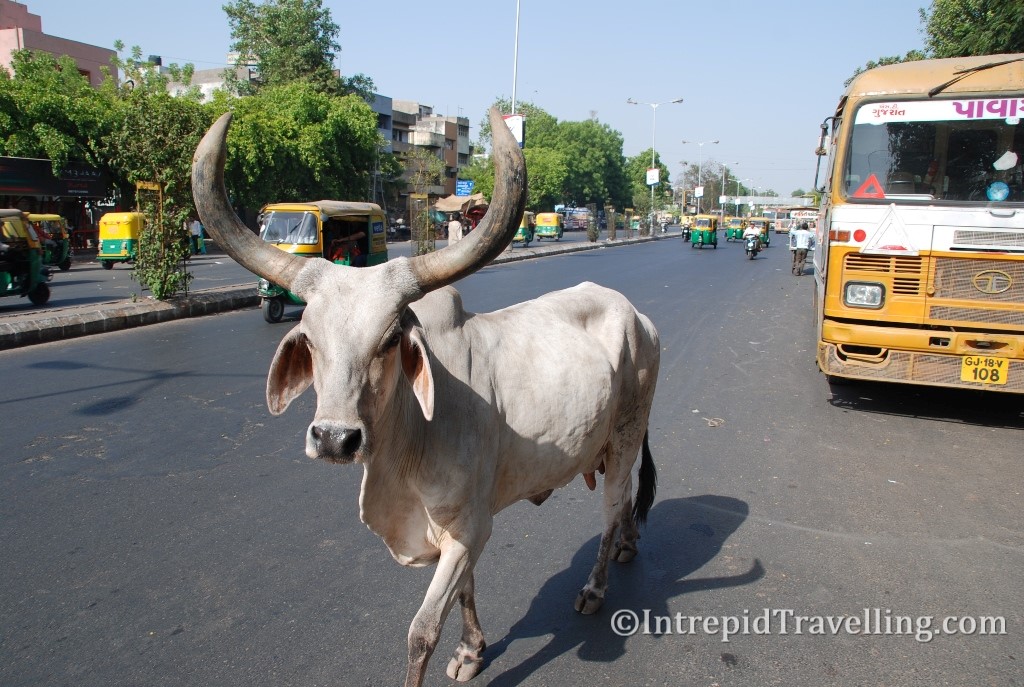
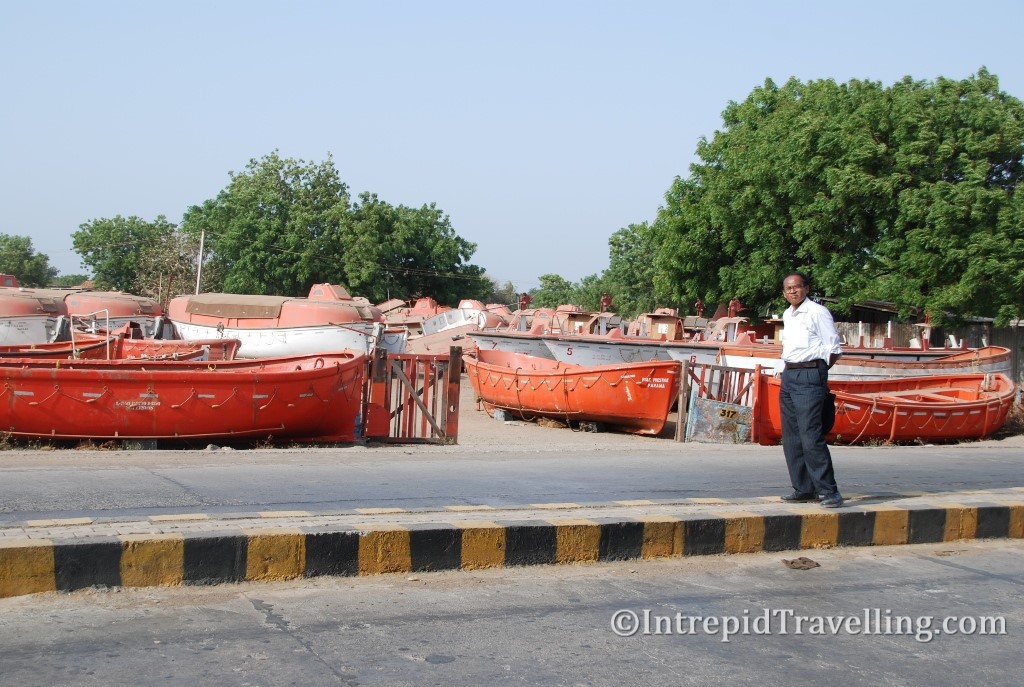
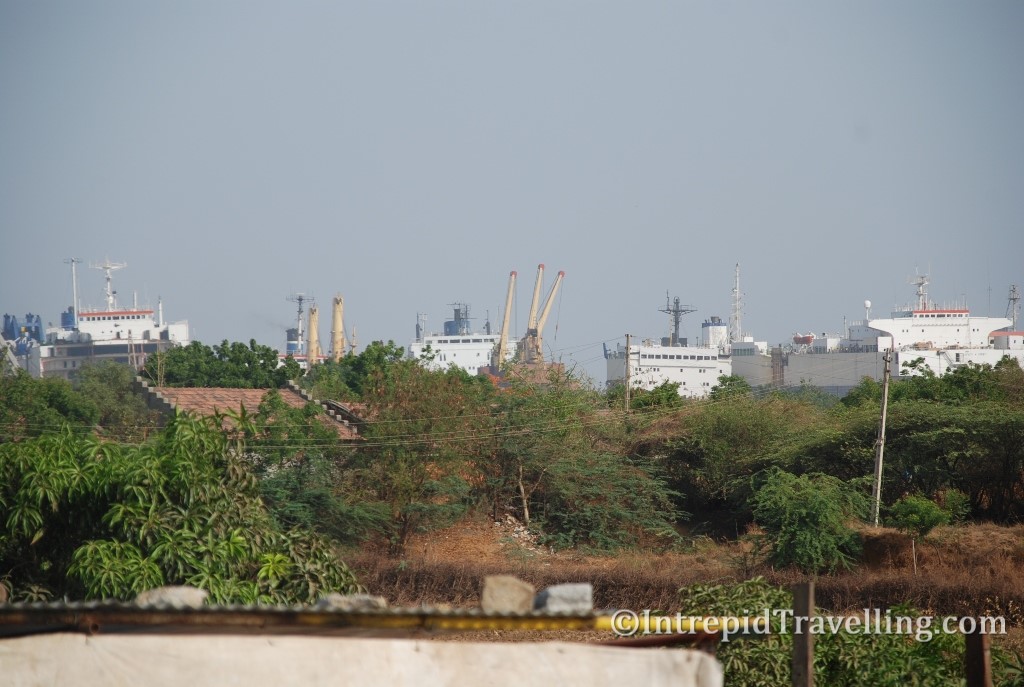
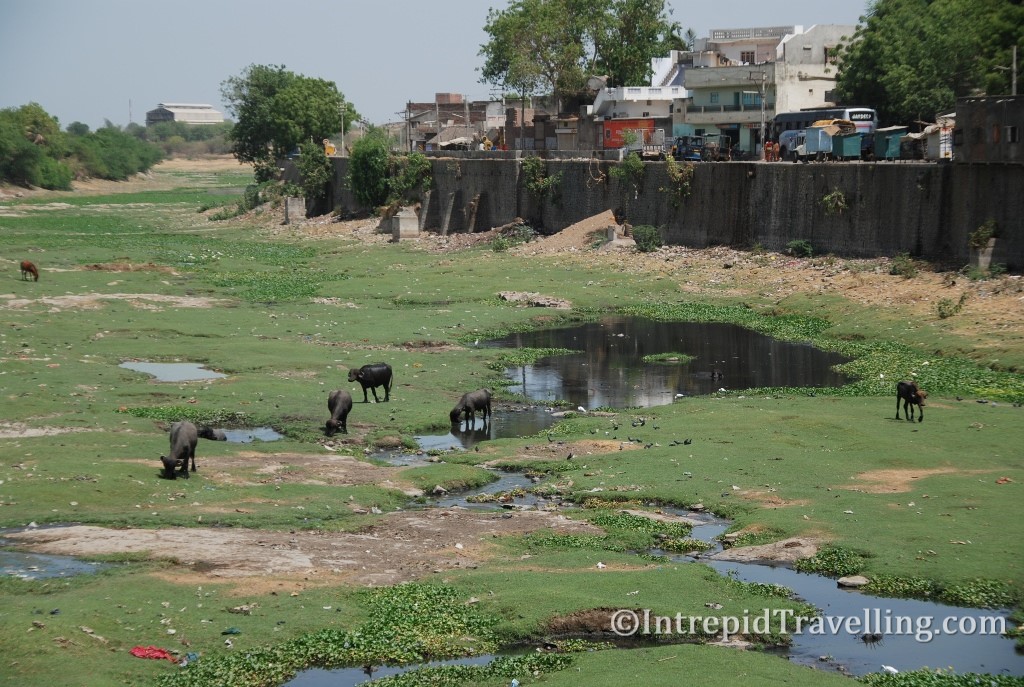
As the sun sets on my time here in the Subcontinent what have I learnt, and can I make a linguistically dazzling summary for you all? Well, I’m feeling the pressure to perform so I think I’ll just recall a short conversation I had with (as cliché as it sounds) a guy on the bus. He asked a question and wanted an honest answer: “How you feel about India?”
“Well, India is very different to where I come from. From what I can see she is grossly over populated (and continues to be) which exacerbates her crippling and heartbreaking poverty, and the urban environment is filthy (which is difficult to see past). However, despite being poor, she is rich in culture, spirituality and life (there is always something going on – a real assault on the senses). The average person seems happy and content, family and religion are the source of great pleasure and happiness. They are curious and friendly, and paradoxically, generous and hospitable. In the West we are rich in material things, but poorer in culture and more distant with our family members.”
The Budda made a reference to the attachment to material things, that to find true happiness we need to annul ourselves of material objects as these can only lead to a sense of loss which leads to sadness. Certainly immense wealth won’t make you happy if you can’t share it, or the experience with others. It’s clear that others are the most important thing to people, India may not have the Benjamin’s but they know and have what’s important – each other.



